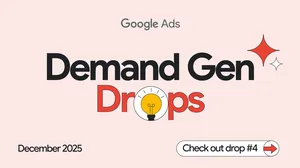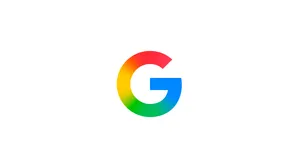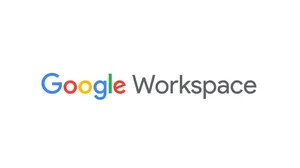Google helps a nonprofit train young storytellers

Georgia is the number one filming location in the world, with a film and television industry worth $7 billion a year—a huge economic opportunity for local communities. On the flip side, Georgia is also home to about 180,000 disconnected youth. Disconnected (or opportunity) youth is defined as people ages 16-24 who are neither in school nor working. In Georgia, they represent 13.5 percent of people in that age range, two percentage points above the national average. Training programs to develop media production skills could give a new opportunity to thousands of young adults in the state.
Founded in 2014 in Atlanta, re:imagine/ATL is a nonprofit that trains the next generation of representative storytellers, to create a safe, inclusive and equitable workforce in the film and digital media industry. Partnering with schools and opportunity youth in metro Atlanta over the past five years, re:imagine/ATL has trained more than 3,000 young people who have produced more than 100 movies, documentaries, podcasts and other digital content.
Google for Nonprofits spoke to re:imagine/ATL’s Executive Director Kimberlin Bolton to understand how they use Google products.
What’s one Google product that helped you explore new frontiers in storytelling?
Cardboard has been instrumental. Since 2015 we’ve offered three virtual reality training events per year. We hope to produce more 360 content and use Cardboard during screening events for the public.How has Google for Nonprofits helped you become more visible?
We use Ad Grants for advertising our summer camp, in-school program and events. Through Ads we’ve reached new audiences. For example, a library in Doraville, Georgia, discovered our mobile workshops, and we provided an acting class for their filmmaking club. We had not previously considered libraries as a venue for our programming, and Doraville is outside of our usual service zone.
Our YouTube Channel is our primary distribution platform and has been a place to amplify youth voices and the next generation of leaders. The content our students create using Google products helps us raise awareness about different social issues in the community. Whether a video makes it to a film festival, a curated platform, or even network TV, they all begin on YouTube.
Any secret tips or tricks to share with other nonprofits?
We are using Google Alerts to discover every time we’re mentioned in the media. It also allows us to stay updated on the issues we care about most, find opportunities and celebrate our film and media community.For an afterschool workshop, we used Google’s free CS First computer science curriculum to teach students to create animations using code. We are also starting to use Classroom for our film fellowship program, “No Comment.” Classroom allows us to send out assignments, track progress and communicate with all of our students, taking a great deal of administrative load off of our teachers.
How did G Suite for Nonprofits impact the way you work?
We rely on Sheets to track donations, program and operations budgets as well as student demographics and participation. Docs has been the bedrock of our administrative processes. In Docs we have our letterhead, we write grants and proposals collaboratively and we plan programs and agendas. We also created a shared company calendar to coordinate equipment and space efficiently, or to know when employees are traveling.Having a unified professional email system that is separate from our personal inboxes has made such a difference. G Suite for Nonprofits provides security for us and our constituents, communicates professionalism, and makes information more compartmentalized and easy to find.







